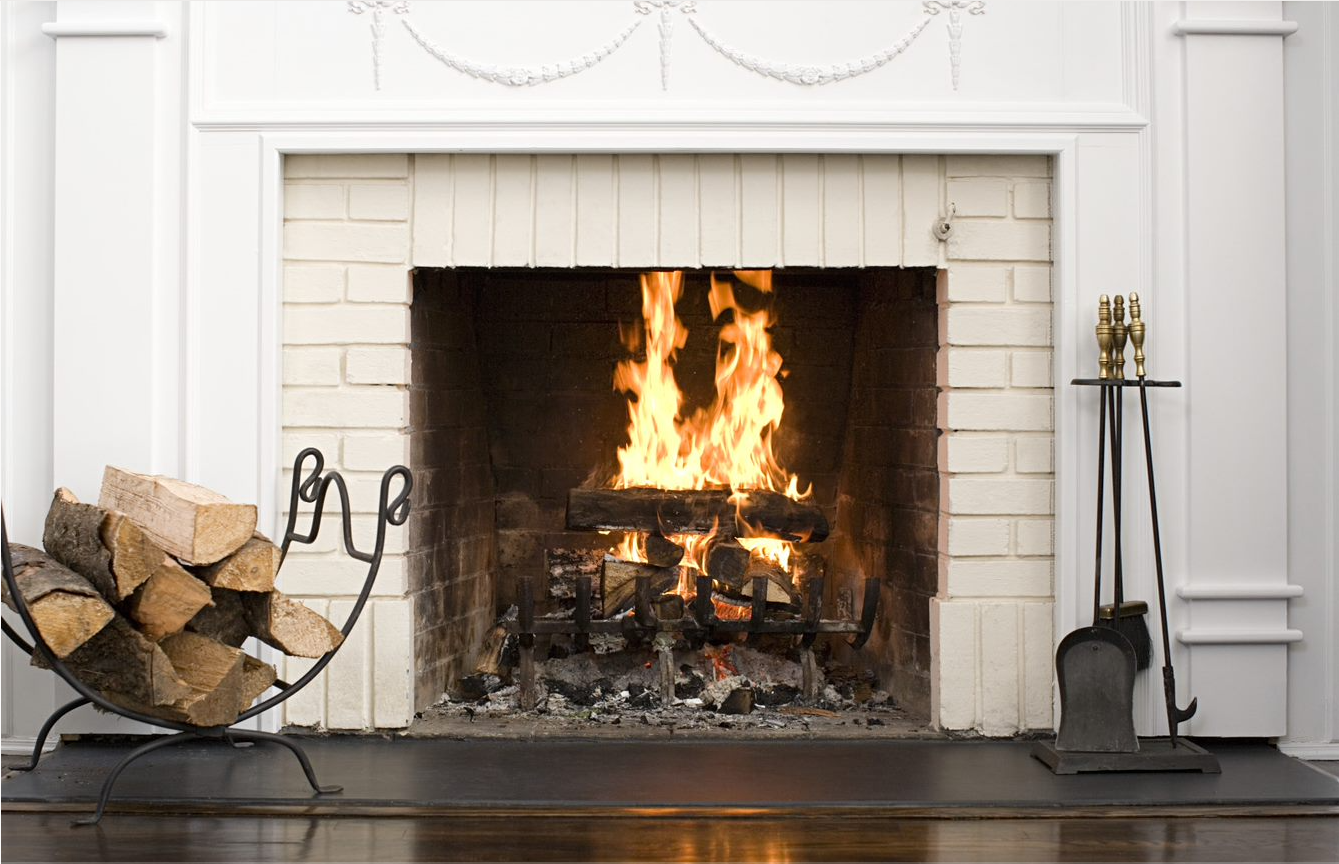A Quick Guide To Building A Fire-Proof Home
When it comes to your home, safety must always be a priority. You can’t predict when disaster will strike, but you can protect your living space.
One significant risk homeowners face is fire, and the result of losing a home is heart-wrenching. While no home can be 100% fire-proof, some measures can significantly minimize the risk.
Fire-proofing involves making structures fire-resistant by utilizing materials that resist combustion. This process reduces the intensification of fires, lessens the possibility of your home collapsing, and provides a safer escape route during fire incidents.
If you’re seeking ways to enhance the fire resistance of your existing home, here’s a quick guide to building a fire-proof home:
1. Maintain regular safety checks
Regular inspections of integral systems in your home, such as electrical wiring or heating systems, play a vital role in fire prevention. These inspections can help identify and resolve potential problems before they ignite into full-blown fire hazards.
Obtaining professional electrical assistance for home inspections guarantees a thorough and precise evaluation. These professionals are equipped to identify latent issues that could become risks in the future.
Thus, this service is advisable and essential for maintaining your home’s safety.
Also, rectifying all the identified issues immediately is crucial because delays can intensify potential hazards, increasing fire risk. Thus, timely repair and maintenance are critical to a fire-safe home.
Keeping your home’s systems functioning correctly doesn’t just contribute to smooth daily living and significantly reduces the risk of accidental fires.
2. Choose fire-resistant building materials
Another crucial step is carefully selecting fire-resistant materials for your home’s construction. This decision will lay the foundation for your home’s resilience against fire.
Consider non-combustible materials such as brick, stone, or metal for the external structure. Unlike traditional wood, these materials are slow to ignite and don’t contribute to the spread of fire.
Brick and stone have the added advantage of being excellent insulators, keeping your home cool in summer and warm in winter. For a modern look, metal, specifically, steel, provides a sleek, contemporary aesthetic while remarkably resisting fire.
Fire-resistant materials are essential for internal structures, such as partitions and floors. Instead of conventional wood flooring, ceramic tiles or concrete are excellent alternatives.
Ceramic tiles offer many design possibilities, enabling you to customize your home’s look without compromising safety. Concrete isn’t just fire-resistant but also sturdy and versatile, allowing various finishes.
3. Invest in fire doors in crucial areas
Fire doors are a significant investment for your home’s safety. Strategically placing these in vital areas can drastically reduce the risk of a fire spreading.
A home fire can escalate quickly and consume your entire space in a few minutes. Fire doors are designed to withstand extreme heat, maintaining structural integrity during a blaze.
A fire door is a barrier against smoke, flames, and heat, typically offering protection for approximately 30 minutes to an hour. This resistance safeguards your exit path, providing the additional time needed for a safe evacuation from the premises.
They’re designed to withstand extreme heat, maintaining their structural integrity during a blaze. This feature ensures a safer exit route during an emergency.
Moreover, these doors are excellent at limiting the spread of smoke. They act as a physical barrier, helping to contain toxic fumes within the area of origin.
Importantly, regular maintenance checks on these doors are essential. Inspecting for any damage helps ensure they perform optimally when required.
4. Use advanced fire detection systems
Installing advanced fire detection systems into your home is another essential step toward building a fire-resistant home. These high-tech devices help to alert you in case of a fire in the early stages, providing a crucial time for evacuation.
One of the most common devices is the smoke detector. Often, these are strategically placed in areas where fires are most likely to start, such as kitchens and bedrooms. They’re designed to pick up on the initial signs of smoke, sounding an alarm.
Furthermore, carbon monoxide detectors play a pivotal role in fire safety. They detect the presence of this lethal, odourless gas, often a byproduct of fires, adding an extra layer of protection.
Another critical component of a robust fire detection system is a heat detector. These devices sense rapid temperature increases, often used in areas prone to false alarms from smoke detectors.
Combining these technologies forms a comprehensive detection system that provides early warning, potentially saving lives and reducing property damage. Regular maintenance checks ensure these systems remain effective and reliable over time.
5. Install fire-resistant roofing
Adopting protective measures is indispensable because your roof is one of the most vulnerable parts of your home, particularly in areas susceptible to wildfires. Not only does it safeguard your dwelling, but it also significantly boosts your property valuation.
Metal roofing provides durability, lightness, and a variety of designs to complement diverse architectural styles. Capable of withstanding high temperatures without ignition, it bolsters your home’s defence against fires.
Tiles, both clay and concrete, are also excellent fire-resistant roofing materials. They’re non-combustible and offer high fire resistance, helping prevent fire from spreading to your home.
Additionally, they’re durable and require little maintenance, making them a cost-effective choice in the long run.
Specialty wood shingles that come with fire-resistant chemicals are another option. These materials combine the traditional aesthetics of wood with improved fire resistance, though they require more frequent maintenance.
6. Fire-proof your landscaping
Fire-proofing your landscape is a crucial aspect of home fire safety that often gets overlooked. The area surrounding your home can fuel a fire or help safeguard your property.
A defensible space around your home is crucial to keeping vegetation safe from your house and regularly removing dead or dry plants that could ignite easily.
Moreover, planting fire-resistant plants can help because they have high moisture levels that are less likely to catch fire. These plants also help enhance your home’s curb appeal.
However, regular maintenance of these plants, such as routine watering or clearing fallen leaves, is vital in maintaining a fire-resistant environment. It’s not just about the interior, but the exterior of your home matters too.
Conclusion
Building a fire-resistant home isn’t easy but requires careful planning, thoughtful design, and regular maintenance. Remember, it’s about choosing the right materials and using them strategically.
Moreover, advanced fire detection systems can ensure your home’s safety, while regular safety checks are critical for identifying potential hazards. Also, don’t forget the landscape around your home, which can either fuel a fire or help protect your property.
These steps greatly enhance your home’s longevity and give you peace of mind. Although you can do nothing to eliminate the fire risk, this guide can significantly reduce your home’s susceptibility.
SOURCE: www.soho.com.au



